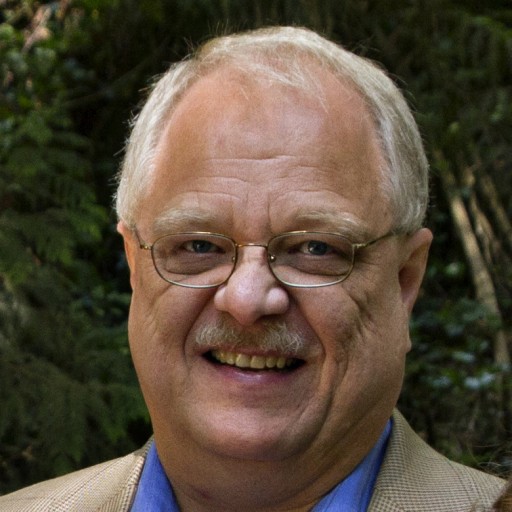From Saver to Spender
“This is the last time!”
I have found myself saying various iterations of this sentiment in the past three months. I unreservedly declared that I was making my last move to a new house, at least the last one where I packed and carried the boxes. As we fixed up the old house to put on the market, I announced this was the last time I would climb scaffolding to paint a ceiling 15 feet above the floor. I grew up in a family of do-it-yourselfers, but going forward I will allow others to do it for me.
My wife, Judi, retired in June. In July, we moved to a house with everything we need on one level. The decisions we have been making look to a future where issues like mobility could be vastly different than what we have known throughout the 45 years of our marriage.
Changing Seasons of Life
In the arena of personal finance, we have started the shift from being savers to spenders of what we have set aside. Our children were teenagers when we began to seriously consider building assets for retirement. I had just moved to a new pastoral assignment and, among the adjustments in that transition, I paid attention to our financial future for the first time. I now realize we started late. We could have made things easier for ourselves if we had started in our 20s instead of our 40s.
After our children graduated from college, Judi and I made retirement saving a priority. Fortunately, our financial temperaments align; we both fully participated in careful spending so as to maximize what we had to invest for our latter years. For 25 years, at the end of each quarter, I checked the value of our retirement accounts. I used various calculations to project what cash flow in retirement might look like, so we might gain a sense of when we had adequate resources.
In the past three months, we crossed to the other side of the ledger, from accumulation to the withdrawal of funds. Both my wife and I started receiving monthly disbursements from retirement accounts. We now face the reality that account balances we watched increase in value over the years will begin to decrease.
Key Questions
Unfortunately, we do not possess complete information with which to make the decisions required of us in these days. Further, the choices we make with a degree of blindness have significant ramifications for the years ahead. That intensifies the pressure to get it right the first time.
How long will we live? My father died at age 92, so, if I live as long as he did, our retirement funds must support us for more than 25 years. We’ll need to give attention to a sustainable withdrawal rate and have the willingness to adjust as needed.
What might our future needs be for housing and caregivers? We made the recent move to intentionally set up ourselves to age-in-place, but there is still much that is not known. We decided not to purchase long-term care insurance, so we will bear increased costs should we need assistance with activities of daily living.
Will we face acute health issues? We anticipate healthcare costs will increase as we age. We maximized contributions to a health savings account (HSA) for more than a decade and that provides a balance that will last several years given our current spending trends. In 2020, Fidelity estimated the typical couple will need $295,000 for healthcare costs in retirement. A day will come when we will have to use non-HSA funds for medical expenses.
Could public policy changes adversely affect our financial security? A decrease in benefits from Social Security and Medicare or an increase in taxes could create challenges to our monthly cash flow in retirement.
Might a global or domestic economic downturn be accompanied by loss of financial margin? Inflation and financial market fluctuation can adversely affect financial stability. To counter this possibility, we will continue to hold some investments that have historically returned more than inflation, and we will maintain a good asset allocation.
I have been surprised at how significant these questions feel. I know in my gut—not just in my head—that this is the “last time” for many things. In previous transitions, our moves have been lateral, toward something similar to what we just left. This time the feelings are different in part because the season of life has changed. There’s an irrevocable sense in saying, “This is the last time.” I think it may be that whiff of finality that I’m feeling in these moments.
Just as we first developed a savings plan 25 years ago, our current task is to create a 25-year spending plan. Once I draft the plan, Judi and I will talk it through, make adjustments as needed, and then begin to work the plan. The savings plan we created and lived by created financial margin. The spending plan will help us manage that margin for the rest of our lives.
Originally published by Pensions & Benefits USA.

